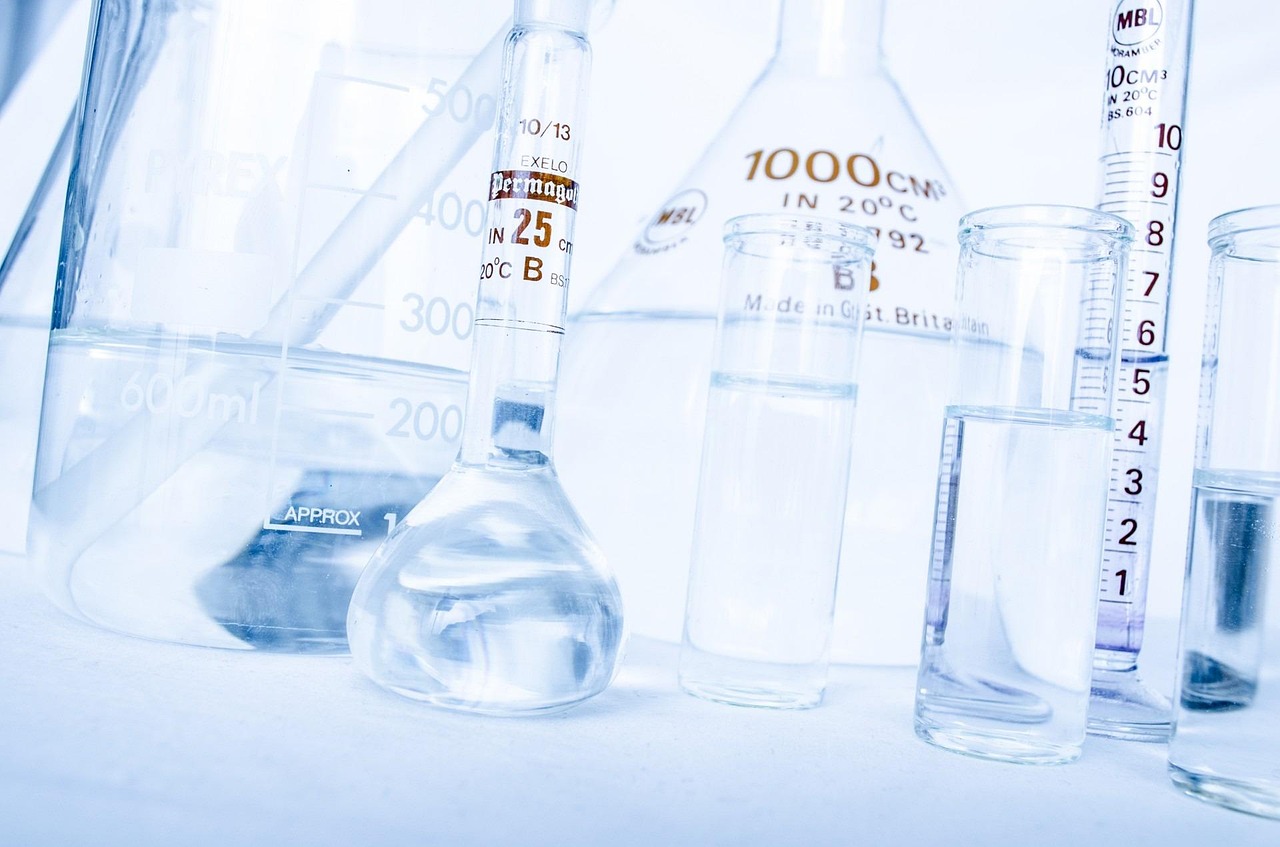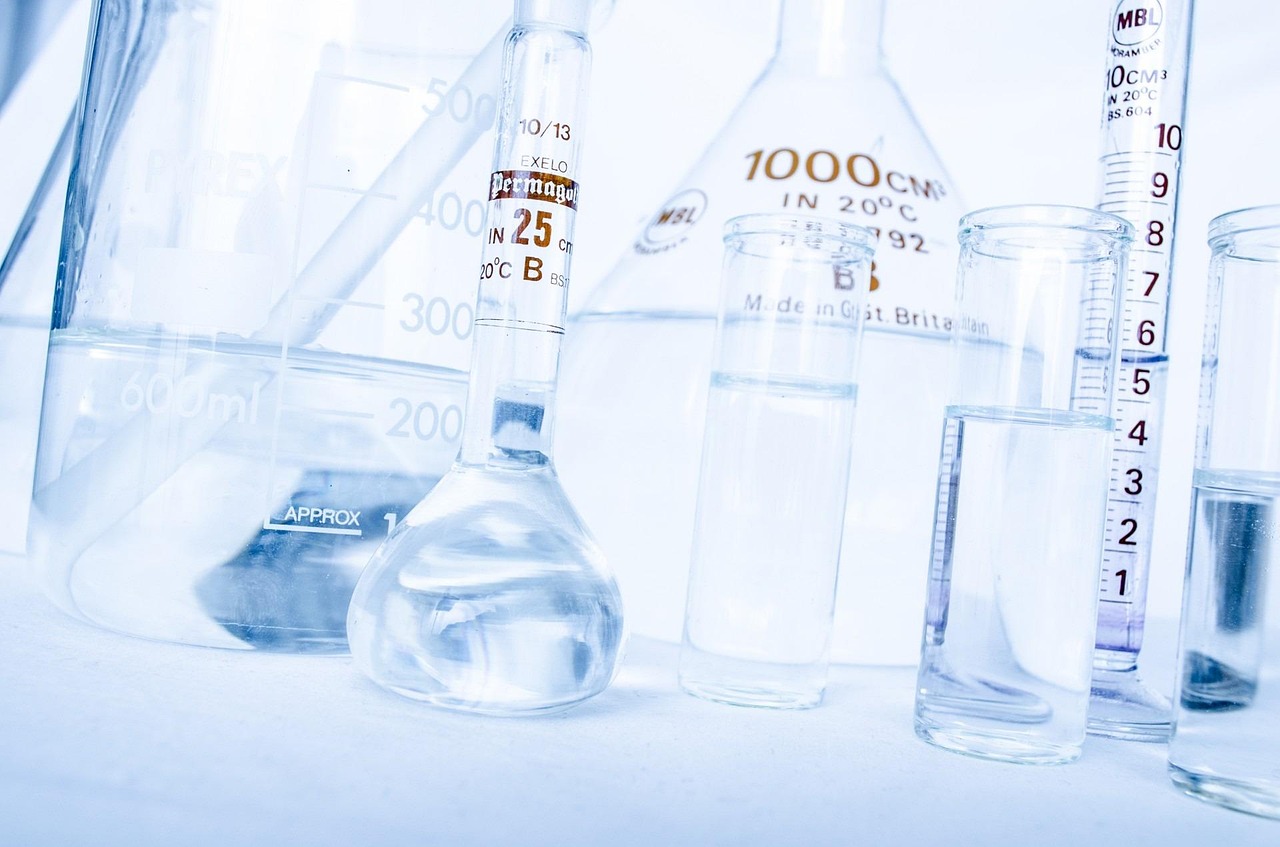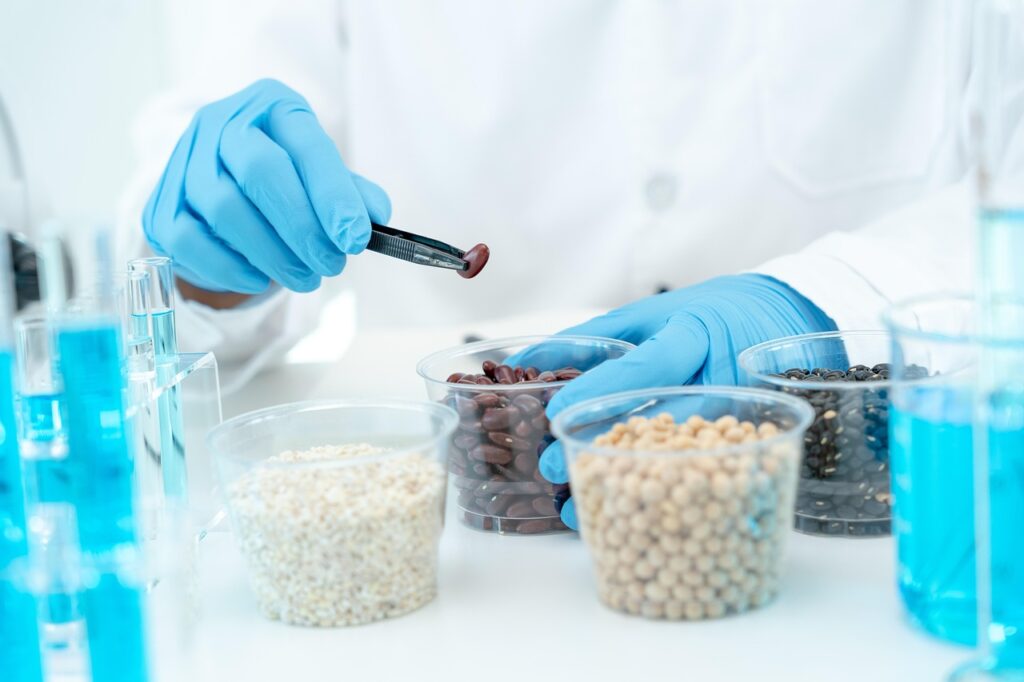Both consumers and businesses have serious concerns about food contamination issues. The increase in foodborne infections has highlighted how urgent it is to solve the problem of food contamination. In addition to posing serious health hazards, contaminated food has an adverse effect on businesses through recalls, a decline in customer confidence, and legal repercussions. This blog investigates the root causes of these problems and looks at ways to keep food safe.
What Are Food Contamination Issues?
When dangerous materials like bacteria, viruses, chemicals, or physical objects get into food, it can lead to contamination. These impurities have the potential to render food unfit for human ingestion, resulting in allergic reactions, foodborne infections, or chronic health problems. Food contamination issues are a global concern, as they can occur at any stage of the food supply chain — from production to packaging, storage, and even preparation.
Common Causes of Food Contamination Issues
Biological Contaminants
Foodborne infections are most frequently caused by biological contamination. It comprises viruses, parasites, and bacteria such as Salmonella, E. Coli, and Listeria. Biological contamination is mostly caused by cross-contamination, inadequate cooking, and poor food handling hygiene.
Chemical Contaminants
When pesticides, cleaning products, or food additives get into the food supply, chemical contamination results. For instance, using cleaning supplies incorrectly in places where food is prepared or leaving too much pesticide residue on fruits and vegetables can introduce dangerous chemicals.
Physical Contaminants
Foreign items like hair, glass shards, plastic bits, or metal parts can cause physical contamination. These pollutants are frequently caused by incorrect packaging techniques, malfunctioning equipment, or improper food handling.
Cross-Contamination
When dangerous bacteria spread from one surface to another, it’s called cross-contamination. For example, improperly washing a cutting board before using it for raw meat and vegetables might spread bacteria and lead to food contamination problems.
Improper Storage and Handling
Food products are susceptible to infection if they are kept at improper temperatures or in unsanitary conditions. For instance, to stop bacteria from growing, perishable items like meat and dairy must be refrigerated. In a similar vein, eating expired food items can be dangerous.
The Role of a Food Testing Lab in Addressing Food Contamination Issues
By locating and getting rid of contaminants, food testing labs are essential to maintaining food safety. Microbial testing, chemical analysis, nutritional testing, and shelf-life testing are among the several tests carried out by these labs. Businesses may safeguard consumers and uphold the reputation of their brand by collaborating with a reliable food testing facility to ensure that their products adhere to food safety requirements.
How to Prevent Food Contamination Issues
Preventing food contamination requires a collective effort from food producers, manufacturers, handlers, and consumers. Below are key preventive measures:
Practice Good Hygiene
Ensure all food handlers wash their hands with soap and water before and after handling food.
Implement Proper Food Storage
Store perishable items at appropriate temperatures to prevent spoilage.
Avoid Cross-Contamination
Use separate cutting boards and utensils for raw and cooked food.
Invest in Quality Control
Regularly test food products in a food testing lab to ensure safety.
Train Food Handlers
Educate staff about food safety protocols and the consequences of contamination.
Follow Regulatory Guidelines
Comply with food safety standards like FSSAI, HACCP, or ISO certifications.
Impact of Food Contamination Issues on Health and Business
Health Consequences
Contaminated food can induce foodborne illnesses that vary from minor discomfort to serious ailments like neurological abnormalities, renal failure, or even death. Particularly at risk are vulnerable groups like the elderly, pregnant women, and children.

Economic Impact
Problems with food contamination can result in lawsuits, financial losses, and product recalls. Companies may also experience harm to their reputation, which might lead to a drop in market share and customer trust.
Technological Advances in Combating Food Contamination Issues
Emerging technologies are revolutionizing the way food contamination is detected and prevented. Smart sensors monitor food storage conditions and alert businesses about potential risks. Blockchain provides transparency in the supply chain, tracking food from farm to fork. Rapid testing kits allow on-site testing for microbial and chemical contamination.
Investing in these technologies, along with regular testing in a food testing lab, helps businesses stay ahead in ensuring food safety.
Final Thoughts
Addressing food contamination issues is critical to safeguarding public health and maintaining consumer trust. By understanding the causes and implementing preventive measures, food contamination risks can be significantly minimized. Moreover, the role of a food testing lab cannot be overstated in ensuring the quality and safety of food products.
Whether you are a food producer, restaurant owner, or consumer, staying informed about food safety practices and leveraging advanced testing solutions is the key to a healthier and safer future.











